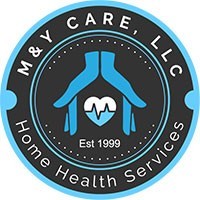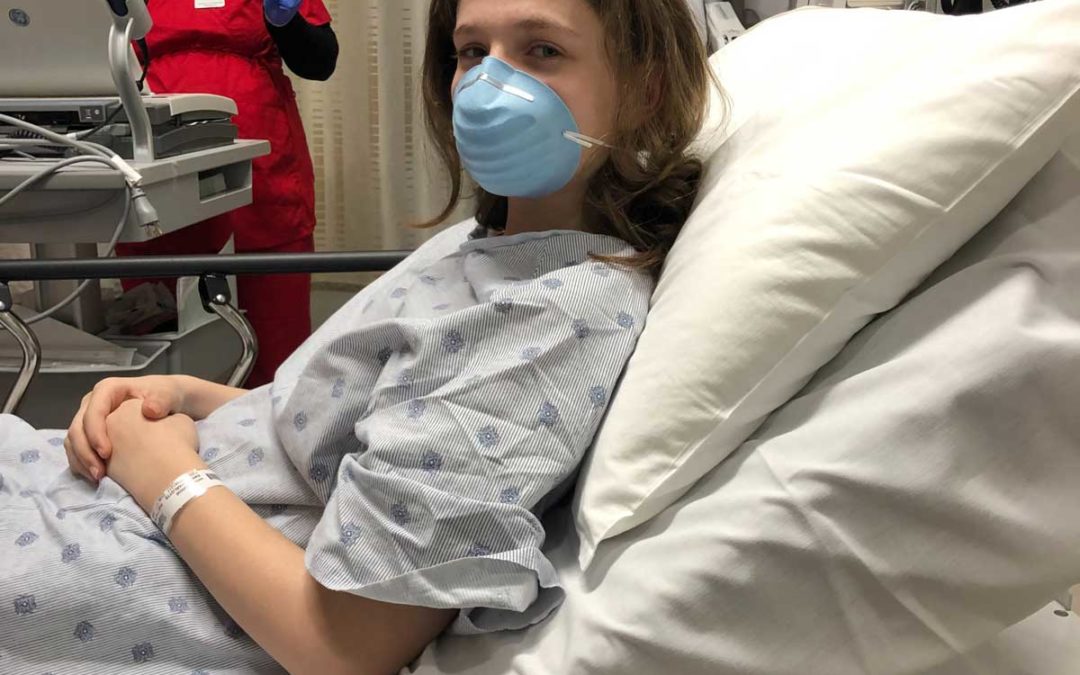Across the country, state and federal officials are trying to solve one crucial problem: how to increase hospital capacity as the number of acute COVID-19 cases increases.
Some — including New York Governor Andrew Cuomo — have recently called for the retrofitting of existing non-medical buildings. Others have suggested turning low-occupancy skilled nursing facilities into makeshift hospitals.
Nationally, there are slightly more than 924,000 hospital beds and about 98,000 intensive care beds, according to a 2018 American Hospital Association survey.
While they’re not being touted publicly at the moment, hospital-at-home programs can also help boost capacity during the coronavirus pandemic, especially in areas where proven models already exist. Broadly, hospital-at-home programs provide a range of hospital-level services inside a patient’s home, often with better outcomes and lower costs than traditional stays.
“I think hospital at home definitely has something to offer where it can be implemented,” Dr. Bruce Leff, the director of the Center for Transformative Geriatric Research at Johns Hopkins University School of Medicine, told Home Health Care News.
Leff — a long-time proponent of the concept — has been exploring hospital at home since the early 1990s. Today, several well-known models exist, including Mount Sinai’s hospital-at-home program, launched in 2014.
Nashville, Tennessee-based Contessa Health has built its entire business strategy around delivering hospital-level care inside the home. In addition to Mount Sinai, the company has helped build programs at Marshfield Clinic Health System, Prisma Health and elsewhere.
Some researchers estimate as many as 38 million Americans could need medical care for COVID-19, including as many as 9.6 million who will need to be hospitalized. A USA TODAY analysis found that — if the U.S. sees a major spike in coronavirus cases — there could be almost six seriously ill patients for every existing hospital bed.
“It depends on where you are, as different parts of the country are a little bit ahead or a little bit behind in terms of the curve on number of cases,” Leff said. “I think you’re going to see a flow that moves across different cities, hitting places at different times. On some level, that’s good because everyone can start to learn a bit more from everyone else’s experience.”
Hospital-at-home models can help the COVID-19-induced capacity crunch in at least two key ways.
The first is by taking some non-coronavirus patients out of the hospital and moving them into the home for treatment. Theoretically, that could include patients who are stable and nearing the end of their hospital stay, but still require services like intravenous antibiotics.
It could also mean discharging some patients directly from the emergency department when appropriate.
“One major use case is decanting the acute hospital,” Leff said. “If you can do that for people who don’t need ICU beds or for people who don’t need respirators, you can create a fair bit of capacity.”
Leff estimated that 20% to 40% of people currently receiving care in the hospital could be treated more quickly, in turn creating added capacity.
The second key way hospital-at-home models can help during the ongoing public health crisis is by specifically targeting COVID-19 patients and keeping track of their health status over time.
“I was just on the phone yesterday with folks out on the West Coast [setting up] a COVID-specific model to take people who are at risk or who test positive for COVID, but who are not yet very ill,” Leff said. “You can take them back to their homes, implement some sort of tele-video capability and check on them [regularly].”
If conditions appear to be worsening, individuals can then be brought back into the hospital.
“You don’t have to take up precious space,” Leff said. “There are people who are COVID-positive or at risk of needing higher levels of care, but who haven’t quite gotten there yet. We can bring them into the system when it’s most appropriate and rationalize the use of beds.”
As of Monday afternoon, at least 3,927 people in 49 states — plus Washington, D.C., and three U.S. territories — have tested positive for the coronavirus, according to the New York Times. At least 68 patients with the virus have died.
Although the circumstances are tragic, the COVID-19 pandemic may strengthen the U.S. health care system down the road, shining a brighter light on hospital at home and similarly innovative care delivery models.
Currently, fee-for-service Medicare does not cover hospital-at-home services.
The cost of in-patient admissions for COVID-19 treatment could top $20,000, a new issues brief from the Peterson Center on Healthcare and Kaiser Family Foundation projects.
“In times of crisis, things that people wouldn’t normally think about or things they would think about sort of on a slow-burn basis start to get some traction,” Leff said. “Crises have a way of making things happen.”
Written By Robert Holly | March 16, 2020
Source: Home Health Care News

